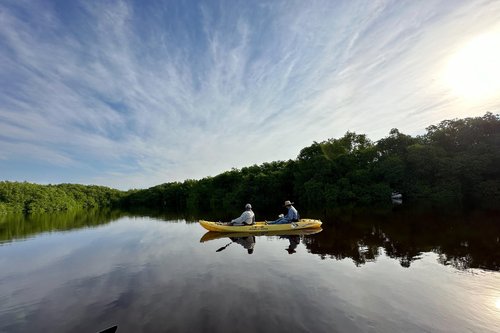
4 min read
From Place to Purpose: The Role of Placemaking in Regenerative Development
WLLW explores the importance of placemaking, placekeeping and indigenous wisdom in development focused on social and ecological wellbeing.
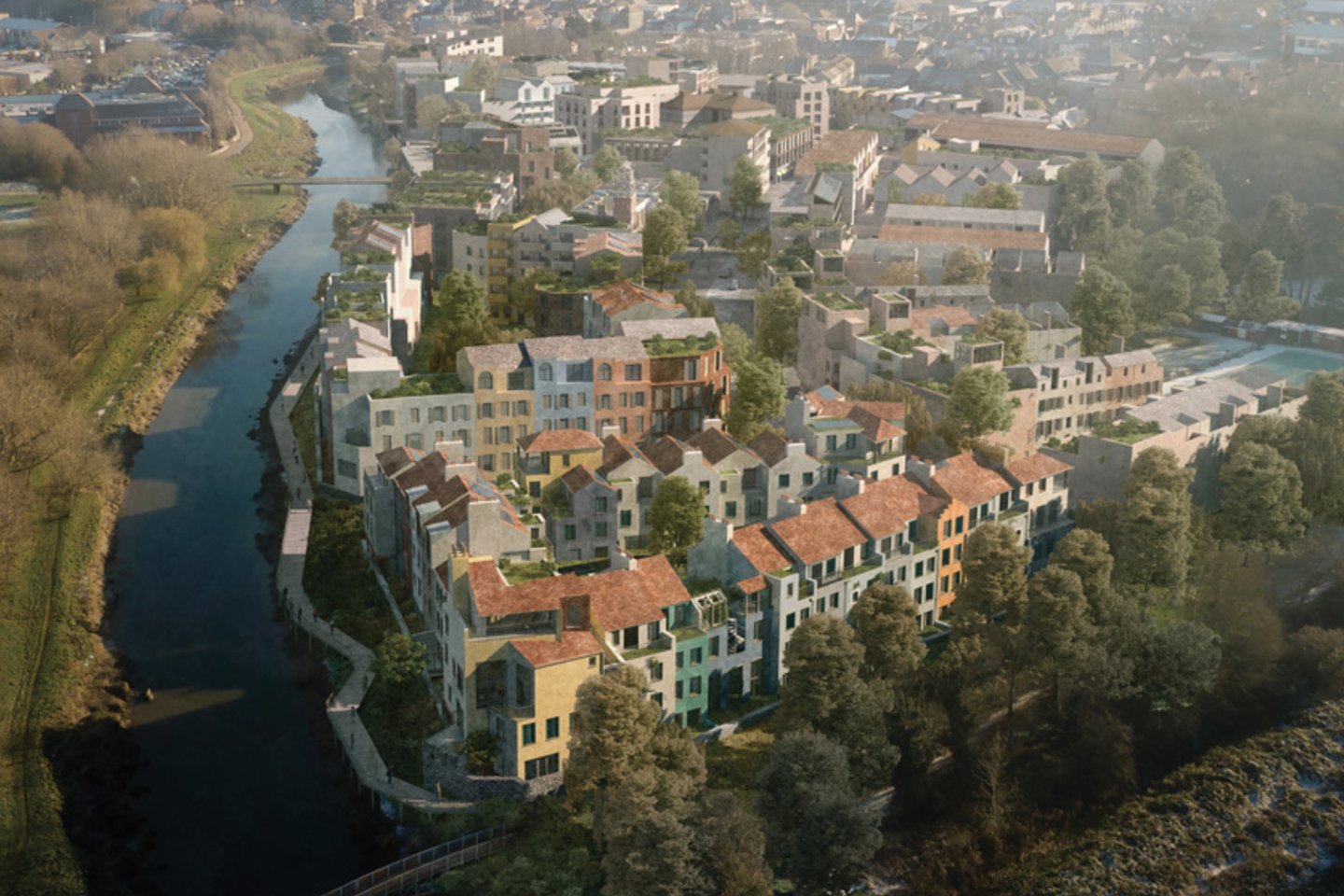
5 min read
WLLW explores five communities of the future to understand the ethos that underpins them and whether they are blueprints for better living.
The built environment touches all aspects of our lives. Thus, it should transcend the pursuit of short-term investor profit and focus on fostering holistic wellbeing, social equity and environmental sustainability. It should be a reflection of our collective values, prioritizing the health and happiness of individuals, the cohesion and resilience of communities and the preservation of the natural world.
The model of the construction industry has long been culpable for environmental degradation, social displacement, labor exploitation and neglect of community needs. While developers committed to prioritizing purpose over profit are still few and far between, there are some disruptors in the market whose projects herald a healthier, more sustainable future. So, what are they?
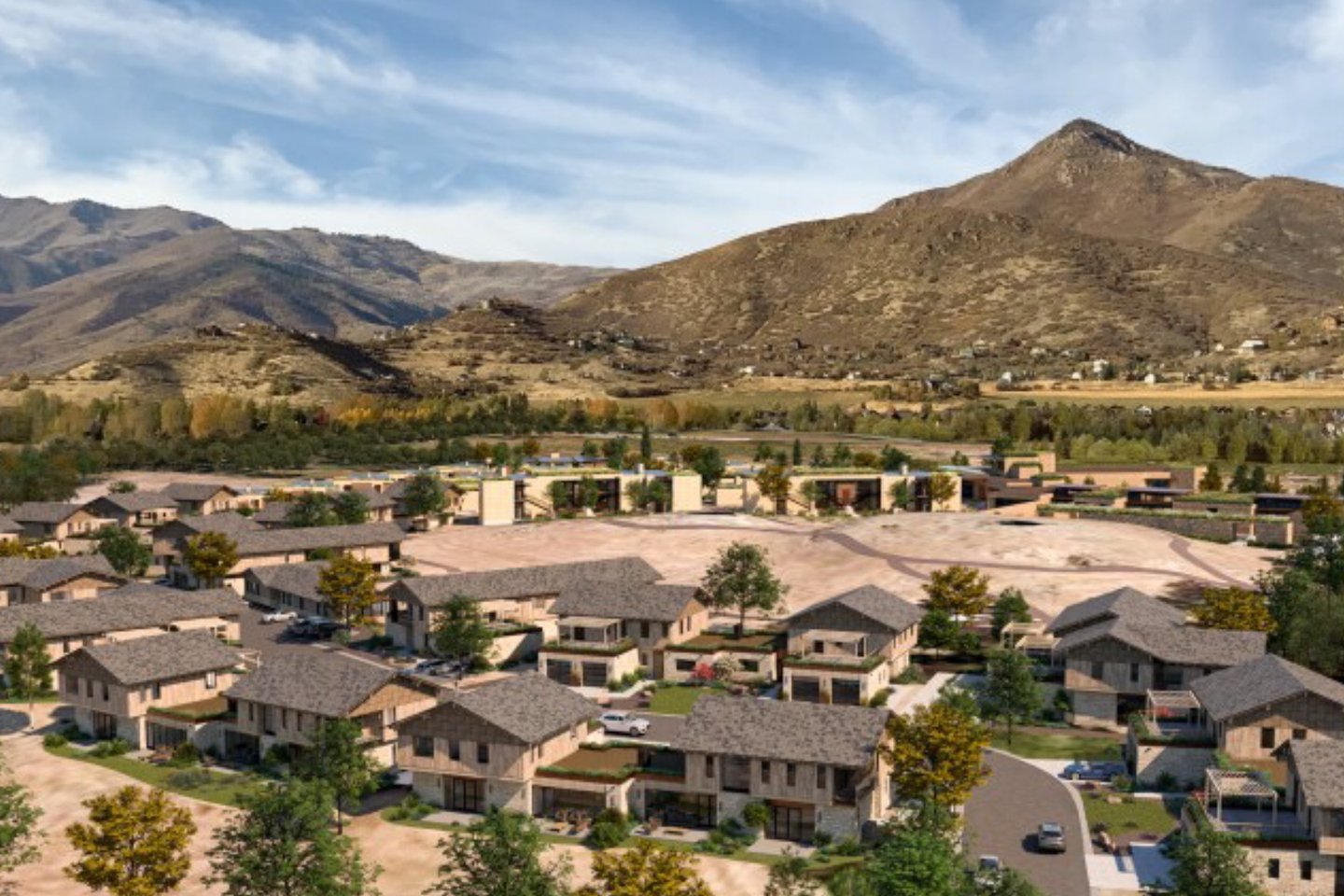
Derived from Aztec – “the fountain of healing water”, Ameyalli located near Park City, Utah, is a unique collaboration with Deepak Chopra and The Chopra Foundation focused on transformational health and longevity. These homes are built in the style of Alpine chalets, prioritizing natural ventilation and lighting and reducing the need for artificial climate control. Green spaces are woven throughout the development, providing not just aesthetic beauty but also a connection to nature that promotes mental and physical wellbeing. The inclusion of communal gardens and outdoor areas encourages social interaction and physical activity, fostering a strong sense of community among residents.
Furthermore, Ameyalli supports wellness with a dedicated 50,000 square-foot Wellbeing Center for relaxation, fitness and mindfulness practices. These features, combined with the emphasis on sustainability, make Ameyalli Residences a model for how modern living spaces can harmonize with the environment while enhancing the quality of life for those who call them home.
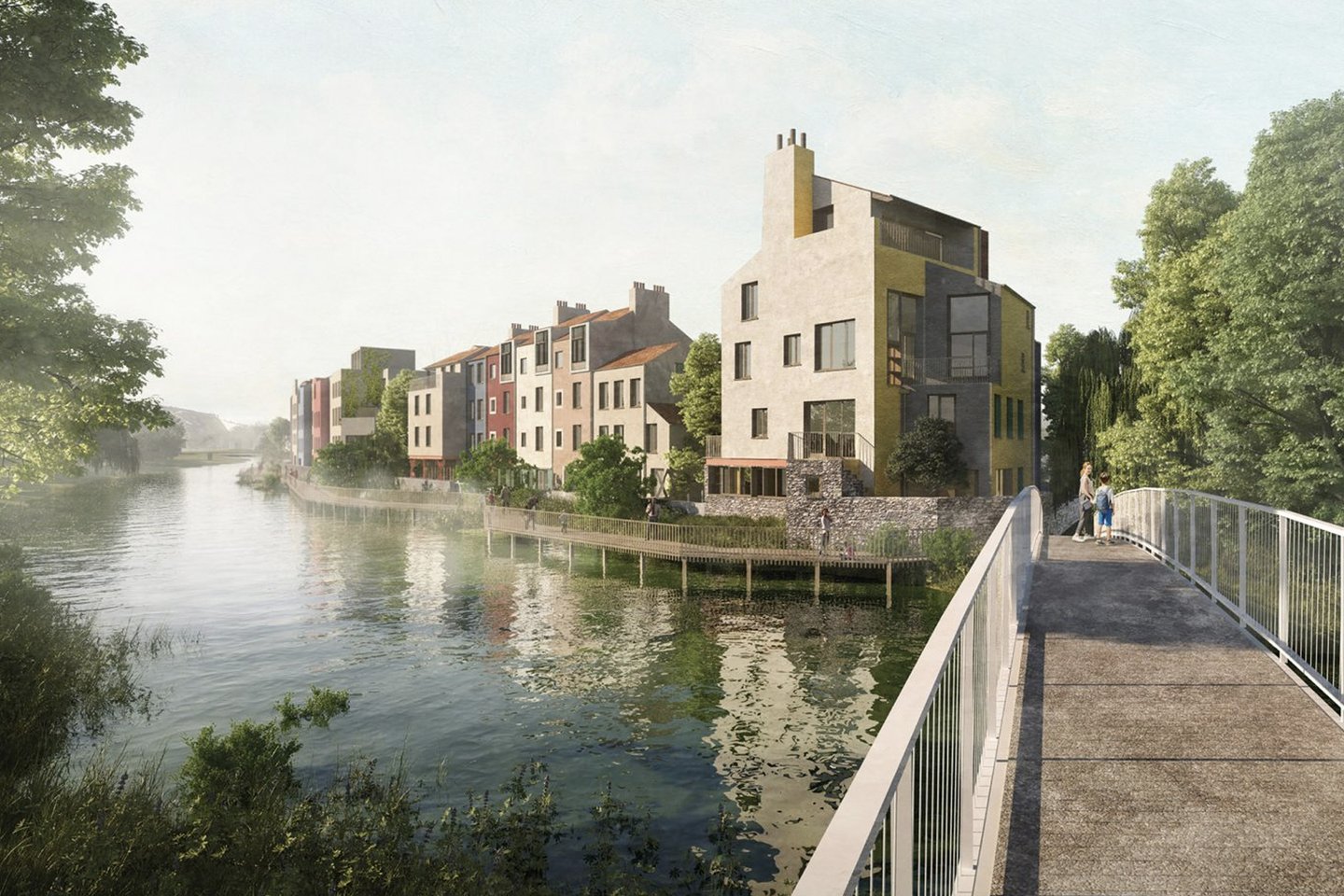
Located in Lewes, a historic market town in East Sussex, England, the Phoenix project aims to transform a former industrial site in Lewes into a thriving, sustainable, and inclusive community. The development plans include a mix of affordable housing, community facilities and commercial spaces designed to meet the needs of local residents. The development incorporates green building practices, utilizing sustainable materials and energy-efficient technologies to reduce its environmental footprint. The design emphasizes communal areas that foster social interaction and community cohesion, which are vital for mental and social health.
The project has seen extensive involvement from local residents, with numerous public consultations and workshops shaping its development. Given Lewes’s historic character, this has led to discussions about how to integrate modern development while preserving the town’s heritage and charm. Overall, however, the Phoenix represents a forward-thinking model for sustainable and inclusive urban development, aiming to create a vibrant community that prioritizes the wellbeing of its residents and the environment.
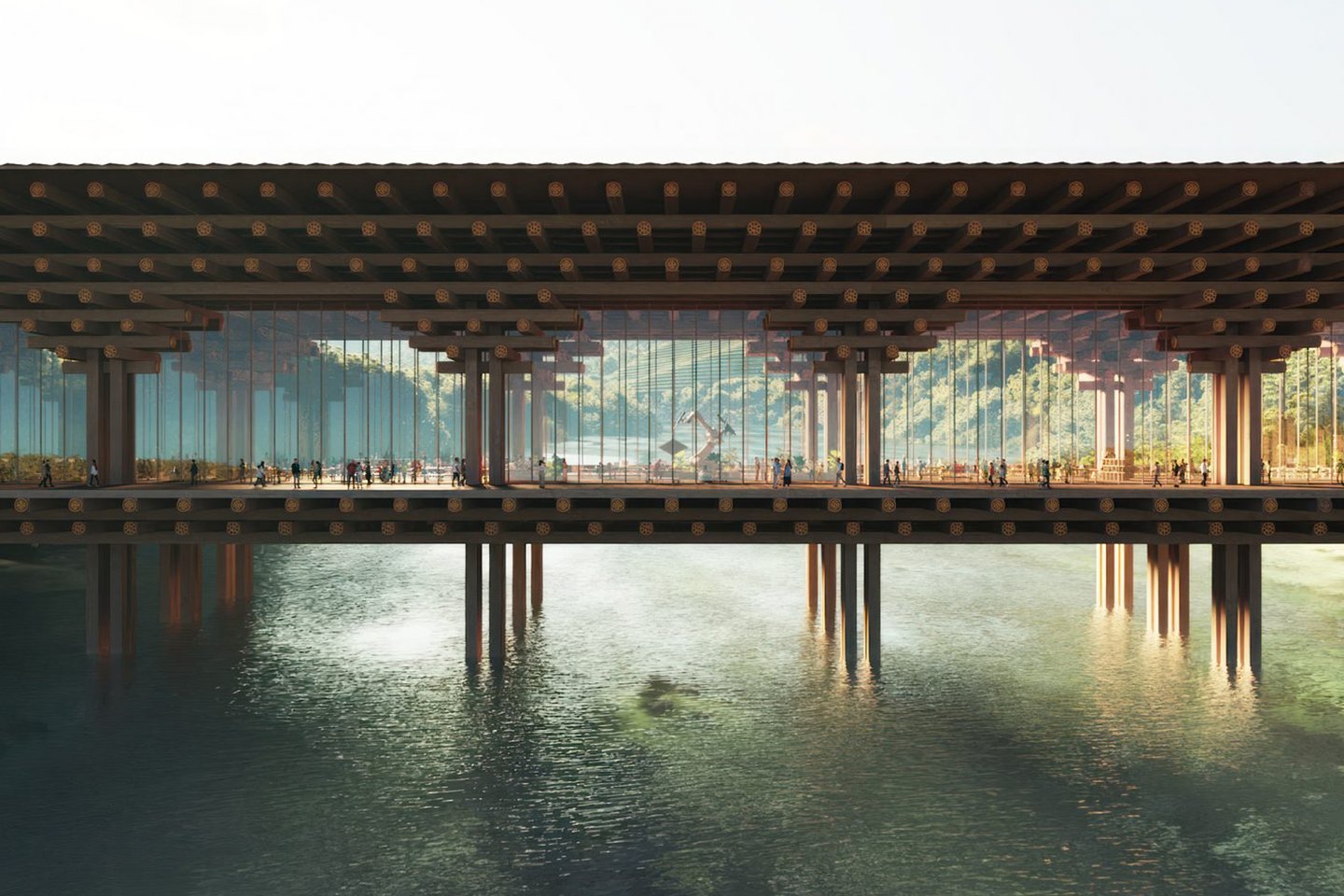
The Buddhist, landlocked Himalayan kingdom of Bhutan is the only country in the world that boasts both a Gross National Happiness index (GNP) and a status as a carbon negative nation. Drawing on the principles of mindfulness that are inherent to the Buddhist faith, Bhutan has unveiled plans for a ‘Mindfulness City’ based on Mandala design principles. There will be nine types of ‘bridges’, reflecting the tenets of Bhutan’s GNP Index – psychological wellbeing, health, education, living standards, time-use, ecological diversity and resilience, good governance, cultural diversity and resilience and community vitality.
This project is particularly innovative because it purports to develop eleven lively, distinct neighborhoods designed to resemble paddy fields, while respecting the natural elephant corridors and changing river flows. The developers consider the landscape as a “living organism” and as such are prioritizing biodiversity and sustainability by using native materials, including wood, stone and bamboo, as well as permeable pavements that allow runoff absorption. The overarching goal is to preserve Bhutan’s rich culture with harmonious coexistence with the environment.
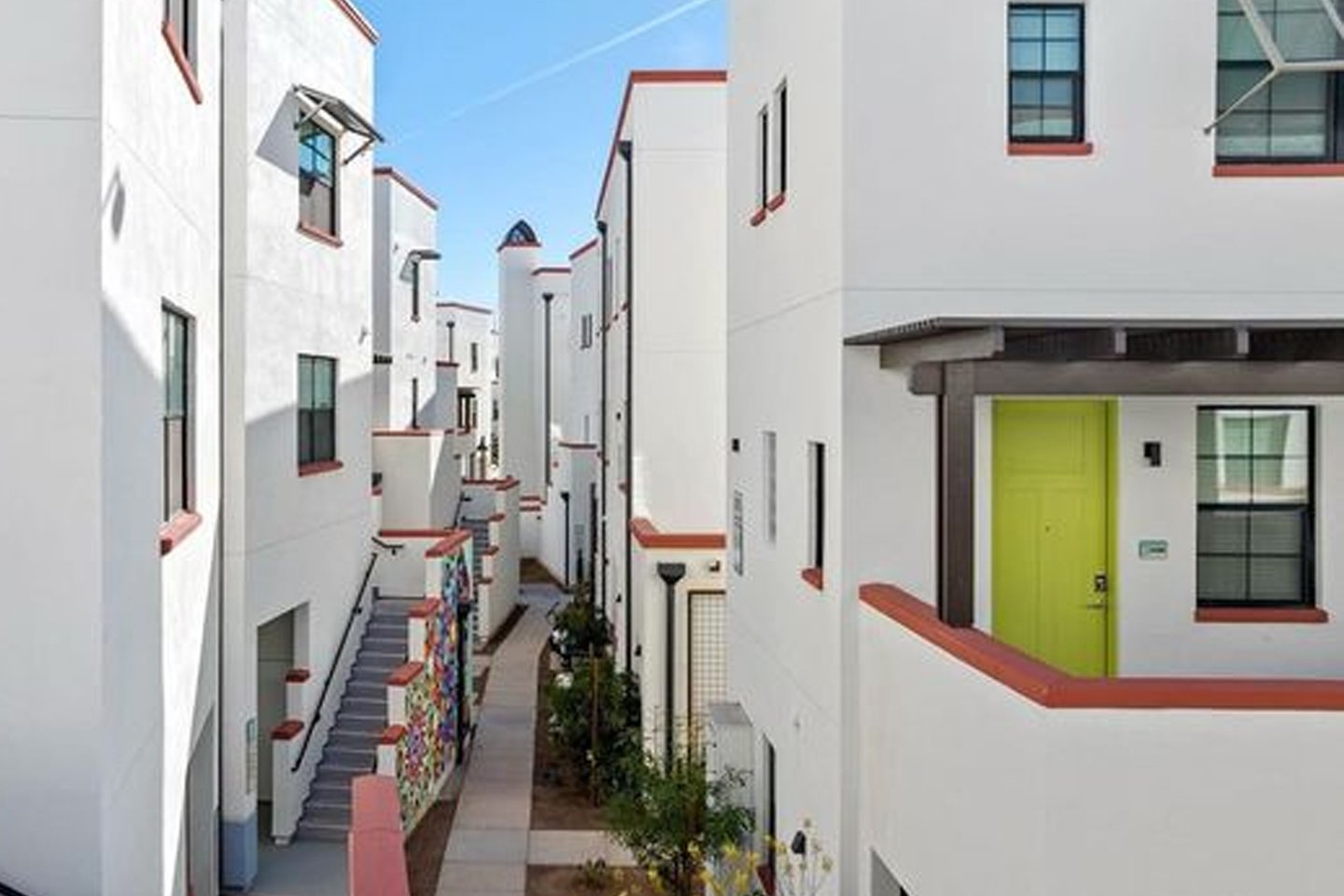
It’s undeniable that the USA has a culture of car ownership, with over 90 percent of American citizens owning a vehicle, compared to less than 60 percent of their European counterparts. Culdesac, located in Tempe, Arizona, bucks this trend with the development of a car free neighborhood, espousing the notion of “life at your front door.” This project is innovative in that it focuses on biking, walking and transit over cars and parking, focusing on the physical and mental health of the inhabitants.
Residents report greater feelings of happiness and community, and they enjoy positive health outcomes from increased physical activity and lower levels of exhaust pollution. Over 55 percent of the neighborhood is open space and the lack of asphalt leads to apartments which are 15 degrees cooler on average than their local neighbors. The environment also benefits from decreased greenhouse gas emissions, leading to a healthier, more connected community.
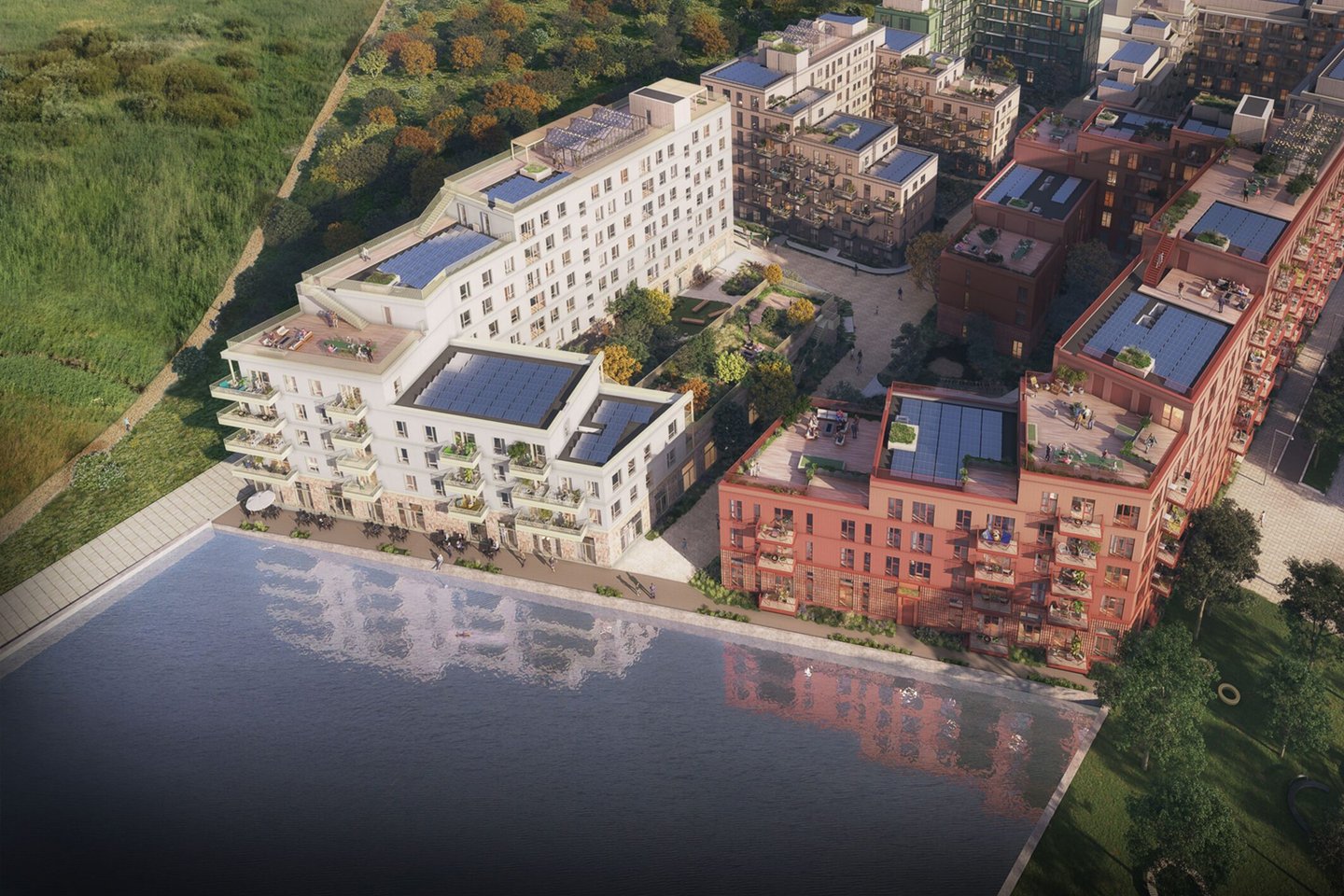
The UN17 Village is an ambitious urban development project located in Copenhagen which aims to integrate all 17 of the United Nations Sustainable Development Goals (SDGs) into a single, cohesive residential community. The village consists of five buildings designed to house around 830 residents, offering 400 homes across various housing types, including family dwellings, co-living spaces and senior accommodations. The buildings are centered around communal areas that include rooftop terraces, greenhouses, dining facilities and workshops. Each building includes a rooftop garden that supports local vegetation and biodiversity. The village aims to produce 15 tonnes of vegetables and 30,000 ecological meals per year.
One interesting aspect of the project is its emphasis on community and inclusion. The development includes around 32,000 sq ft (3,000 sq m) of communal space open to both residents and the public, promoting social interaction and reducing inequality. Additionally, the project is expected to create 100 jobs, particularly targeting marginalized groups.
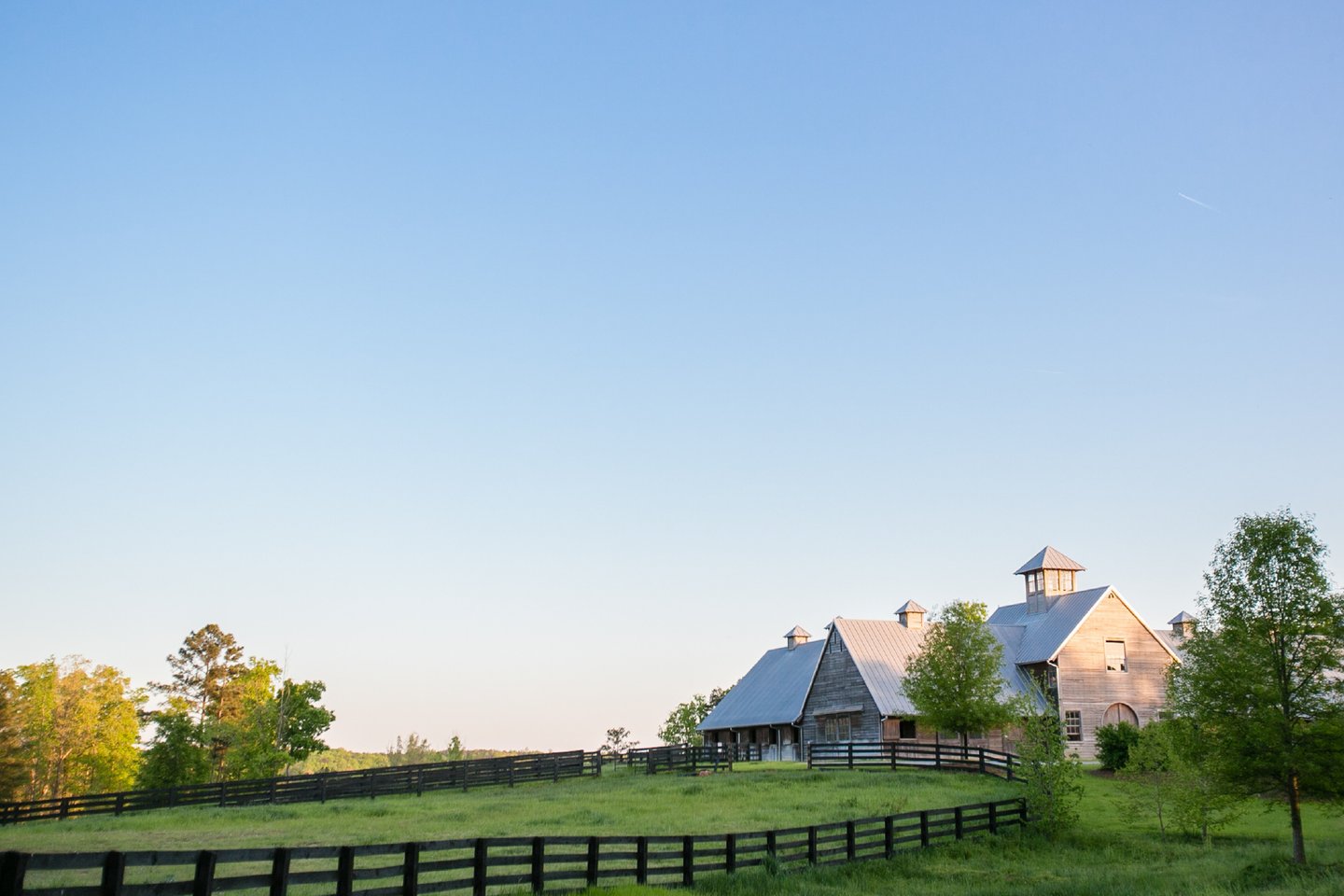
Here are five other communities that also aim to embody the ideals of a built environment that prioritizes holistic wellbeing, social equity and environmental sustainability. Founded by Steven Nygren, Serenbe in Chattahoochee Hills, Georgia, integrates community, wellness and nature. Xala, in Costalegre, Mexico, is a low-density destination within a vast regenerative landscape with a deep connection to nature and the local community.
Rancho Mission Viejo in South Orange County, California, is an expansive ranch and residential community that harmonizes living spaces with active farming. The Well Bay Harbor Islands in Miami offers 54 residences extensive wellness amenities designed to foster a healthier lifestyle. Lastly, Elysian Fields in Melbourne’s Docklands precinct combines modern health practices with ancient wisdom to enhance resident wellbeing. These communities all represent a shift in development, heralding a future where homes nurture both people and the planet.

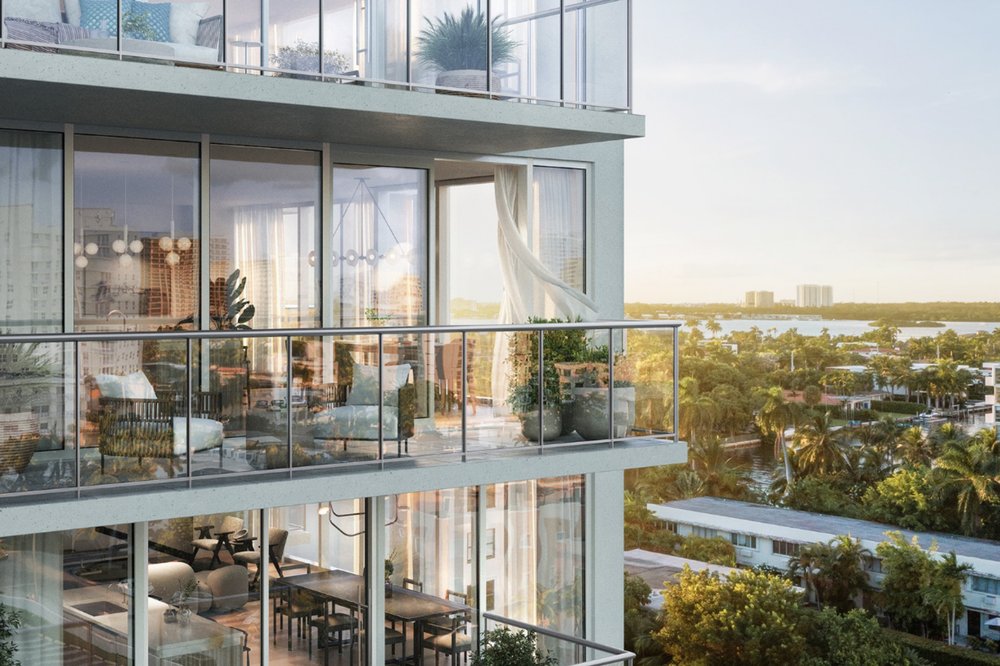
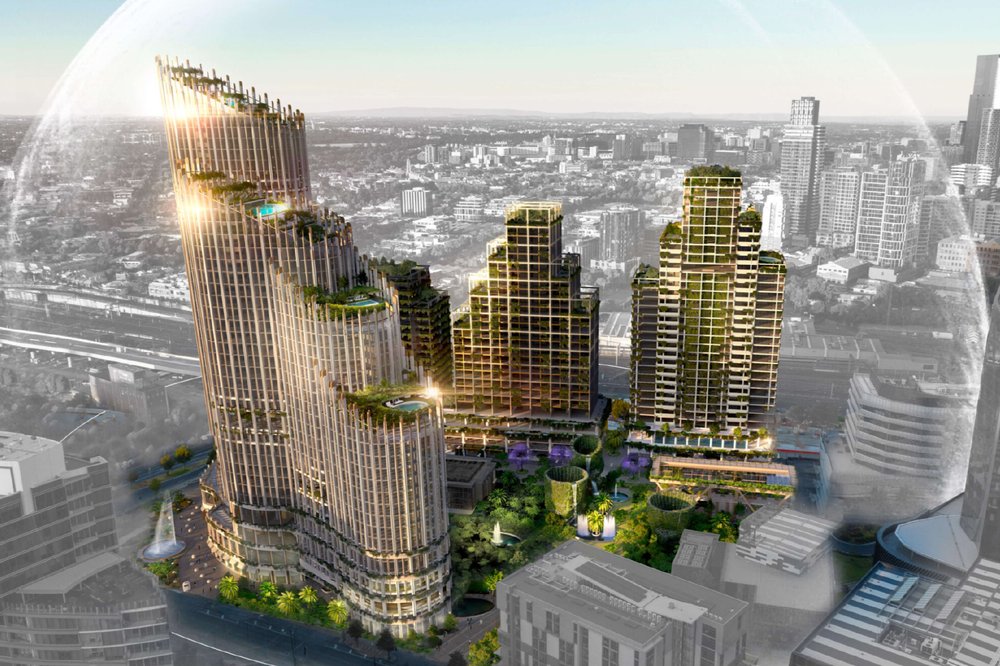

Images: Human Nature & Ash Sakula, Ameyalli, BIG, Culdesac, UN 17 Village, Xala, The Well Bay Harbor Islands, Gurner
Photography: Serenbe, Rancho Mission Viejo

4 min read
WLLW explores the importance of placemaking, placekeeping and indigenous wisdom in development focused on social and ecological wellbeing.
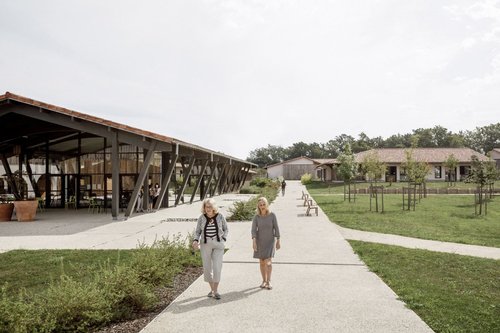
4 min read
Investigating innovative design solutions for the growing needs of an aging population in later living communities.